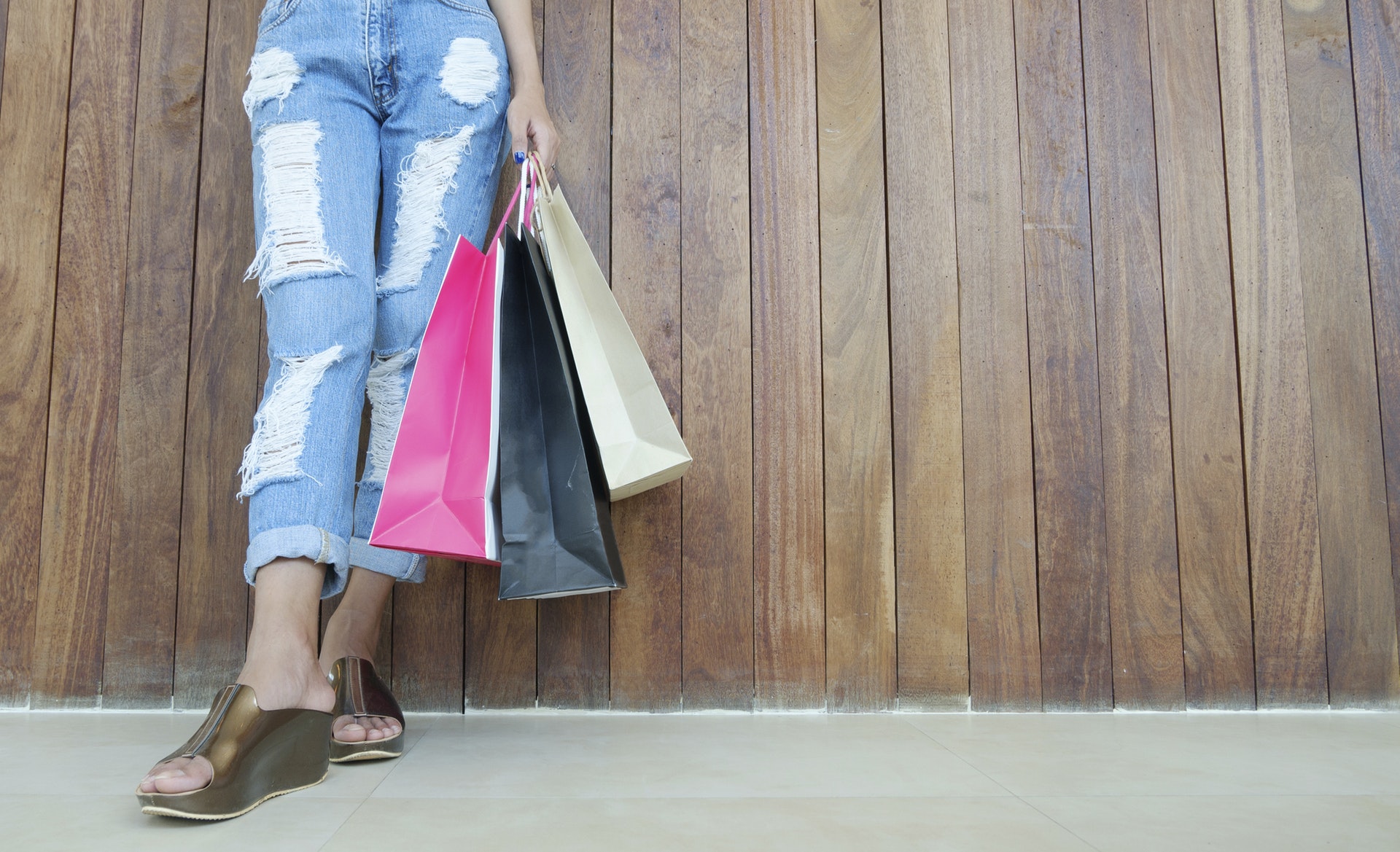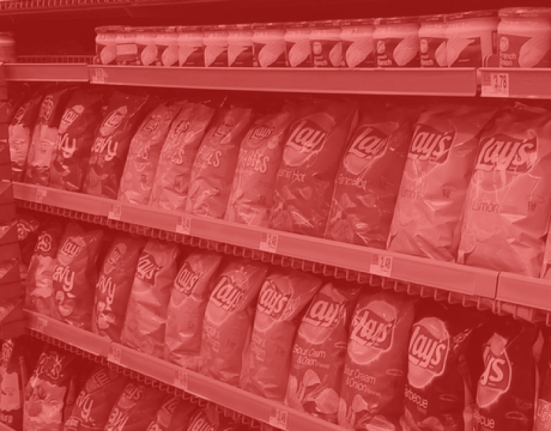Shoppers want to make the most out of their trips to stores. They have little patience for any inconveniences or kinks in the process. When the item they want is not in stock at one of your stores, most shoppers will go to one of your competitors to see if they have it. Brand loyalty does still exist, but at the end of the day, your shoppers want to get their items as quickly as possible (regardless of which retailer they buy it from). While it is impossible to keep every single SKU available at every single store, embracing omnichannel technologies and processes can help increase your store sales by giving your shoppers a better experience.
Here are the top ways to embrace technology to thrive in the new retail reality.
Arm Your Associates
Traditionally, associates have been limited to the inventory available in-store. If a customer wanted a blue laptop case, and it was unavailable, there were only two options. They can settle for green, or they can go somewhere else to buy the blue case they want. You have probably been in this exact situation before yourself. If you arm your store associates with a tablet allowing them to order the out of stock item for the shopper right at the shelf, you have created what is called an “endless aisle.” In fact, according to a Forrester report, 53 percent of shoppers are willing to have the store place an online order if the item they want is unavailable.

Sales associates armed with the right technology tools are better equipped to serve customers by providing the visibility and actionable insight into product information. Retailers with high-value items, specifically hardware stores, depend on associate product knowledge to help increase sales. No matter how knowledgeable an associate is, they are never going to have all the answers. Armed with the right technology, they can help the shoppers make informed purchases, creating a better shopping experience, as well as increasing the potential for repeat visits.
Arm Your Shoppers
In addition to arming your associates with the tech necessary to create an endless aisle, you can also arm your shoppers. Many retailers are installing self-service kiosks in their stores. This gives your shoppers the visibility into your entire stock, not just the stock of a single store, but also the ability to order out-of-stock items from a store or warehouse nearby. While this by itself can help merge the digital and physical worlds, some retailers are using these machines to help the shopper experience beyond just inventory management.
In a quest to make the in-store customer experience seamless, more efficient, and rewarding, Rent the Runway is tapping iOS-based scanners and kiosks. With these kiosks, customers can quickly pick up and drop off orders and exchange clothing on the spot. They see the benefit of investing internally in these tech projects in order to keep up in today’s retail climate.

“These days, every single company is a technology company — nothing is left untouched. And, if you don’t get the internal experience and aptitude to work on your own software and customized experience for your customer, then the competition will,” said Hampton Catlin, Rent the Runway’s senior director of engineering.
Walmart is using kiosk technology in an effort to streamline its BOPIS initiatives. These “Pickup Towers” take up a lot of space and they are typically located near store entrances. To use the tower, customers scan a barcode, and within 45 seconds a door on the machine opens and the items they ordered appear on a conveyer belt. Walmart sees the benefit of investing in the “pickup aisle,” and treating it as an important touchpoint in the shopper journey.
Measure Every Step of the Journey
That is not the case for every retailer, though. The pickup aisle is often overlooked when retailers measure the in-store shopping experience. BOPIS, which helps drive customers to your stores, is only beneficial if you take advantage of these additional shopping visits. Retailers need to treat this as the crucial part of the customer journey that it is. Oftentimes, store layout is not considered. As with other key items, front of store vs back of store makes a big difference. Also, this area can get cluttered, especially when orders pile up.
Customers who take advantage of BOPIS typically want to get in and out. Nothing is worse than sitting around waiting at an empty checkout stand. These inefficiencies are allowing your shoppers to leave stores without any add-on sales. What, as a retailer, can you start doing today to fix these issues?

To optimize your ship-to-store programs, evaluate the in-store customer experience across metrics such as wait times, promo/signage execution, and overall customer satisfaction. These are probably KPIs that you use on your sales floors every day, but for whatever reason, the pick-up area goes unchecked. Wiser can help you quickly set up a program to measure the store KPIs that matter to you, which will help increase your in-store sales.
Closing Thoughts
Tech and retail go hand-in-hand. Out-of-stocks and employees who aren’t encyclopedias about your product offerings are common, but arming your employees and shoppers alike with the latest and greatest technology make sales seamless. It boils down to empowering the shopping and selling experience. Retailers that do their best to cater to modern customer expectations will come out on top.














